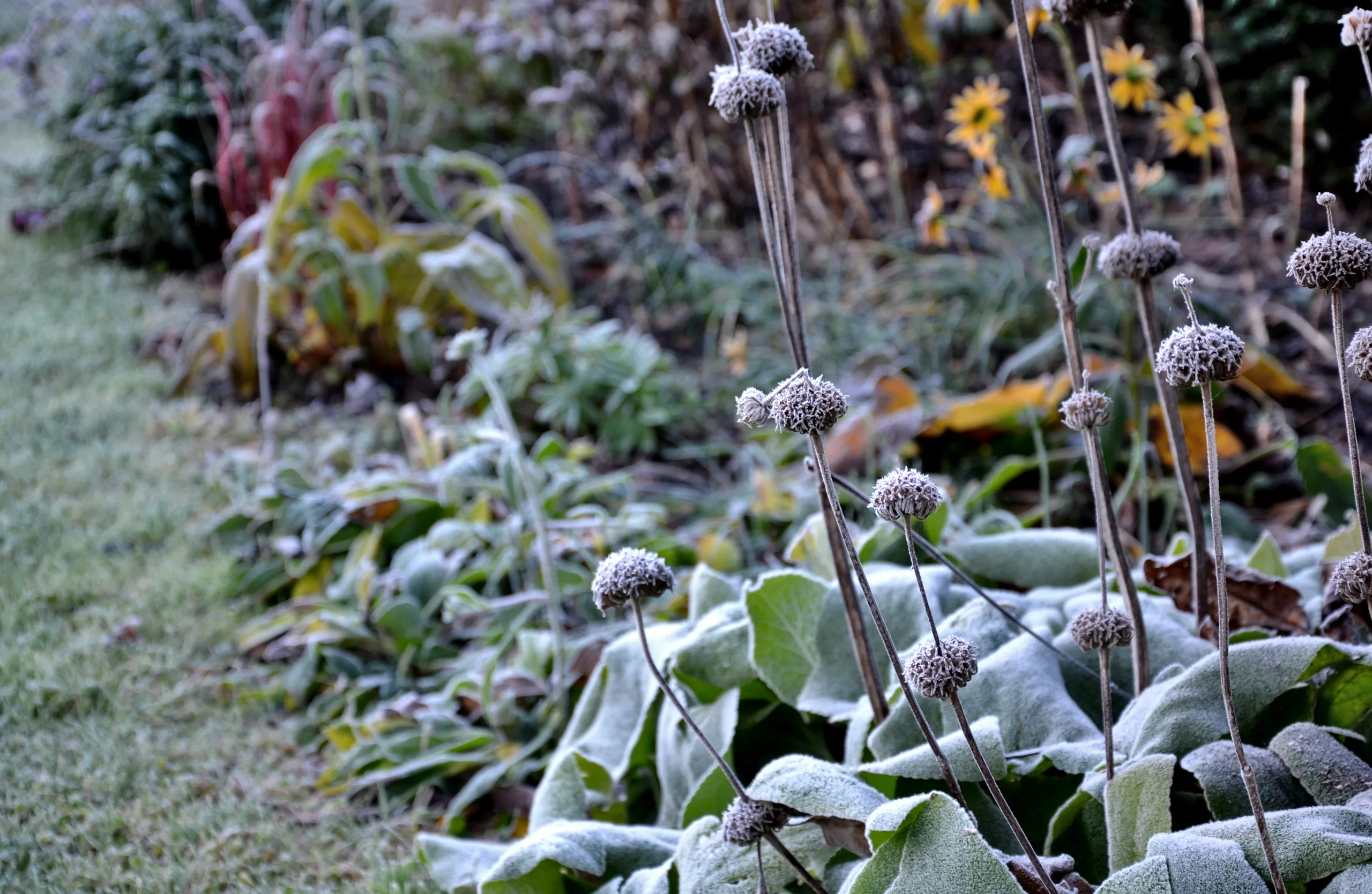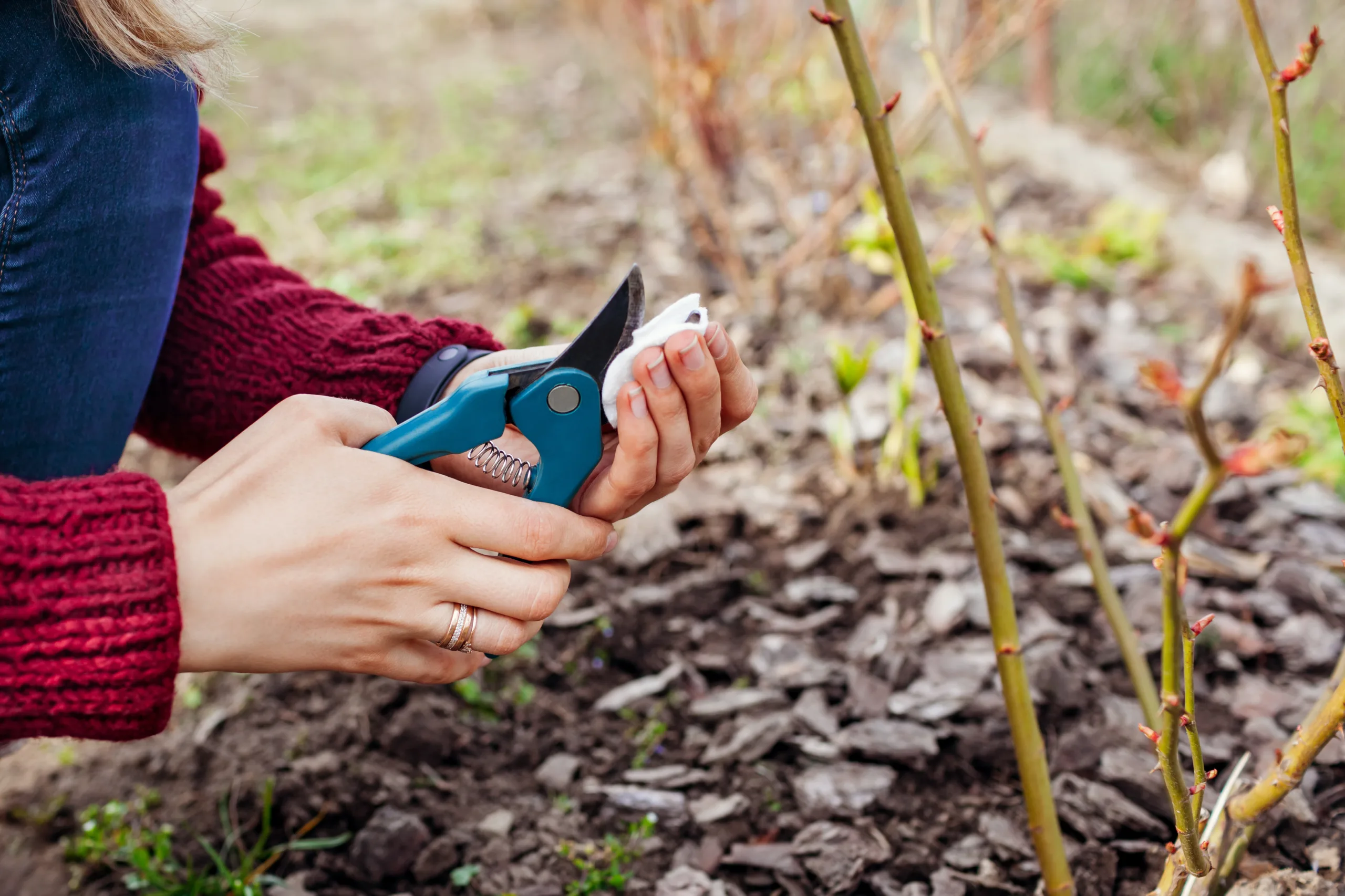November 15, 2023
Embracing the Wild: The Case for Leaving Perennials Untouched This Fall

A dilemma arises as we reach the fall season and wonder how best to prep our gardens for next spring: to cut or not to cut back our beloved perennials? Well, today, we’re here to make a case for letting nature take its course and leaving those garden stalwarts standing tall.
There’s a prevailing notion that a well-kept garden requires a meticulous fall cleanup, but we’d like to offer an alternative. Letting your perennials stand proud through the winter not only offers a unique aesthetic appeal but also nurtures the ecosystem in ways we might not have considered.
A Buffet for Our Feathered Friends
By resisting the urge to trim back your perennials in the fall, you’re essentially setting up a bird-friendly buffet. Seed heads left on plants become a vital food source for our feathered friends during the colder months. Imagine the delight of watching a vibrant array of birds flocking to your garden for a snack! By leaving nature’s pantry intact, you’re contributing to the well-being of local bird populations.

Mother Nature’s Insulation
When fall arrives, it’s tempting to tidy up the garden and clear away the remnants of summer growth. However, we encourage you to consider a new practice: leave the leaves. Leaving plant matter on the ground serves a crucial purpose – natural insulation. The fallen leaves and stems create a protective layer that shields the soil from harsh winter conditions. This insulation helps retain moisture, suppress weeds, and promotes a healthier, more resilient garden come spring. It also provides an important winter home for our native pollinators, keep reading to learn more!
An Insect Haven
In the tangle of stems and seed heads lies a sanctuary for insects. Many beneficial insects, including native butterflies and bees, use the leftover plant material as shelter. This not only provides them with a cozy home during the winter but also ensures their presence when spring rolls around. It’s a win-win situation – a thriving insect population to improve your garden, all while supporting the delicate balance of the local ecosystem. Native pollinators use this protective covering until it warms up in New England, so to encourage native pollinator populations to thrive, it’s best to leave the leaves until we’re past the last frost date.
But, we all have different aesthetic desires! If you’re choosing to go eco-friendly this year and have your perennials let their hair down, there is only one exception in which you’ll need to break out the pruners and give them a haircut, and that’s to rid them of any diseased, damaged, or dead bits and bobs. Clean those up and make sure to dispose of the cuttings to keep your newly insulated soil and plants healthy and disease-free!

A Note on Pruning
When it comes to pruning, precision is key. Use high-quality pruners like Felco or Corona and make sure they are clean and sharp to make clean cuts, preventing unnecessary stress on the plants. If you do want to cut back your perennials to achieve that clean winter style, here’s a quick how-to:
Woody Perennials:
For woody perennials, the key is not to cut too close to the ground. You’ll want to trim off any tender stem, but no further down than that!
Tender Perennials:
For tender perennials, it’s all about listening to the plant, you can cut as low as you desire, but you just want to make sure you stop right above any new growth! Most perennials, however, can be cut almost all the way down to the ground.
Shop Our Garden Tools Here
We understand the concern. If you opt not to cut back your perennials in the fall, you might wonder about the impending spring chaos. Fear not! While you may not be doing the bulk of the pruning in the fall, a little tidying up in the spring will do wonders. Remove any dead or damaged growth, and your garden will quickly bounce back, rejuvenated, and ready for the growing season.
Resist the temptation to shear your perennials into neat little bundles this fall. Embrace the beauty of nature’s chaos, and in doing so, you’ll be fostering a healthier ecosystem. From supplying nourishment for birds to creating cozy homes for beneficial insects, and even acting as a protective blanket for the soil – leaving your perennials untouched is a gift to both your garden and the environment.
So, grab a cup of tea, sit back, and enjoy the untamed beauty of your fall garden. Your perennials will thank you, and so will the birds and insects that call your garden home. Happy gardening!
